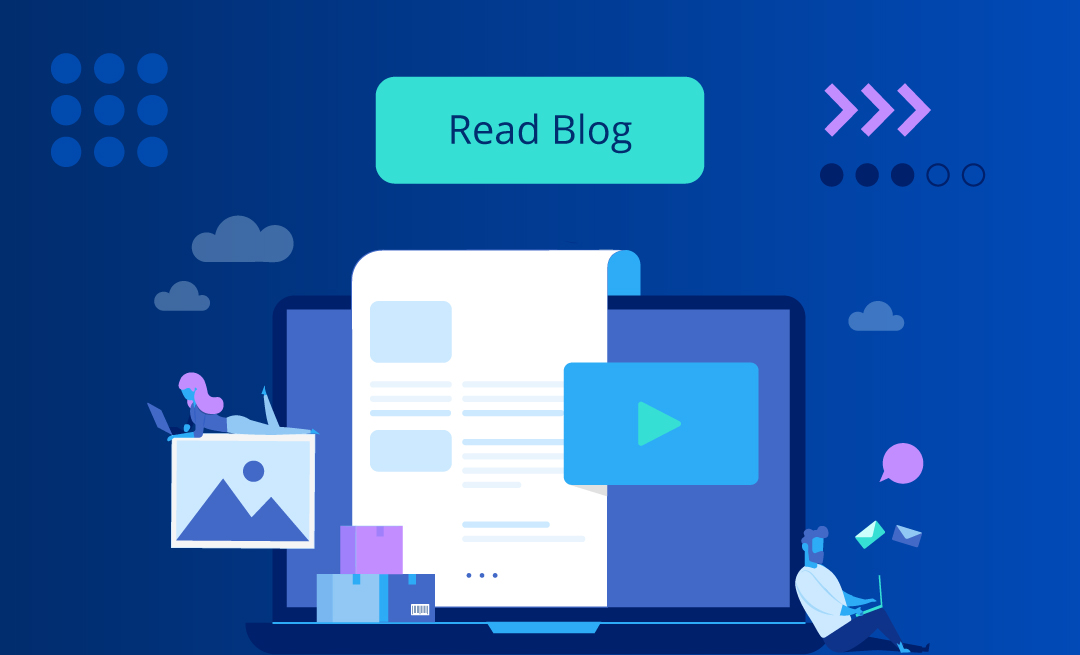
Logistics and technology both share a common challenge—the biggest hurdles are often in the seams. Integrating ERPs with transportation management systems keeps IT teams awake just as much as ensuring that a container makes it from ship to trailer keeps supply chain teams up at night. It’s not hard to build castles with LEGO or with Duplo, but it’s hard to connect them without a bored uncle and a 3D printer.
Part of the tech drive over the past decade has focused on building those bridges – and frequently relying on tech. Can everyone’s new favorite wunderkid – AI – help here? Or is AI more stuck in solo mode? Let’s explore based on recent contributions to Freightos’ popup AI in Logistics newsletter.
The Human<>Machine Disconnect
The disconnect between manual processes (or humans!) and digital systems is a major pain point (said every forwarder ops pro who ever spoke to a customer). In a recent post by Gaurav Bajaj, Solvo’s CEO, Will Urban, former Chief Revenue Officer at Flexport, affirmed this – “data entry, tracking, and basic customer enquiries all consume a vast amount of time.” Streamlining these processes is crucial for efficiency. Yet, as Vivek Vanwari, an ex-VP at Kuehne+Nagel, emphasized in the same article, “in forwarding, the relationship is so important. The comfort level, the trust that different layers of the organization need to build with the client is super critical.” These human relationships can’t be abstracted away.
Extracting Insights (Intelligently)
One of the most interesting ways AI can help isn’t necessarily about the technical integration between systems—a bridge that EDIs started to build in the ’60s and evolved into RESTful APIs in the last decade. The more significant output from AI is wrangling sense once systems are integrated.
Case in point, Ben Kozy, COO at Airspace, believes AI can redefine operational supply chain decision-making once these systems are incorporated into models that can truly evolve all opportunities. One practical example he shared is about routing: “Airspace’s routing platform leverages machine learning to analyze and optimize multiple aspects of the shipping process. Key factors such as shipment ready times, driver availability, lockout times, aircraft capacity, and any specific customer preferences are all evaluated in real-time.”
Bringing together systems and getting insights as an output isn’t only being used for operations. Nikolai Bozhilov, Executive Chairman of freight forwarder Unimasters, shares that they’ve used “digital labor” in other domains too, including sales, marketing, and financial forecasting.
Other forwarders are also onboard with using AI as a bridge between humans and systems. Charles Marrale from Exfreight is using AI to make front line customer support faster and more scalable by “using the trained LLM developed for our chatbot, combined with filtering tools, to automate responses to various email inquiries.” Perhaps more uniquely, Exfreight is using the same models for internal employee training: “We’ve used a modified version of our external chatbot to provide a resource for employees and new hires to ask complex questions about scenarios not covered in their initial training or SOP guidelines. Once trained with our internal SOPs, the chatbots handle straightforward queries, escalating more complex issues to supervisors as needed.”
Getting Practical with AI in Logistics
Since AI suffers from Acute Hype-arius, let’s sum up in a more tangible manner. Artificial intelligence in logistics is not a magic wand that will cure all for freight forwarders. Forwarders will still need the expertise, manpower, and relationships to make global freight tick. But based on these posts, there are at least three primary areas where AI already delivers hard and concrete value for forwarders:
- Enabling rapid input: New LLM models excel at turning unstructured input into structured data. Unstructured questions from customers, rate updates, or shipment issues all fall under this category. Turning these into structured inputs gives existing tech systems superpowers.
- Making sense from the noise: A recent WebCargo survey found that nearly half of all forwarders rely on three or more tech systems. Integrations and dedicated integration solutions have been a mainstay in logistics. Advances in ML and AI open the door for far better cross-analysis and insights across these platforms, while building on improved inputs from the previous point. In other words, AI bridges aren’t just about going from side to side; they’re about what happens while on the AI bridge.
- Smarter output: The combination of the previous two points is even more exciting. Better structured inputs and improved insights can then leverage LLMs to provide that same output right back to key stakeholders, whether internal or external. This is where AI in service of humans begins to unlock real value and better decision making.
AI still can’t connect Duplo and LEGO blocks (although Claude was able to provide some very interesting suggestions on how I can do it). However, it’s pretty clear that even early adopters are validating the bridge potential—AI and ML are enabling better connections that can create a more integrated, efficient logistics ecosystem, one LEGO brick at a time.
Discover more from reviewer4you.com
Subscribe to get the latest posts to your email.

